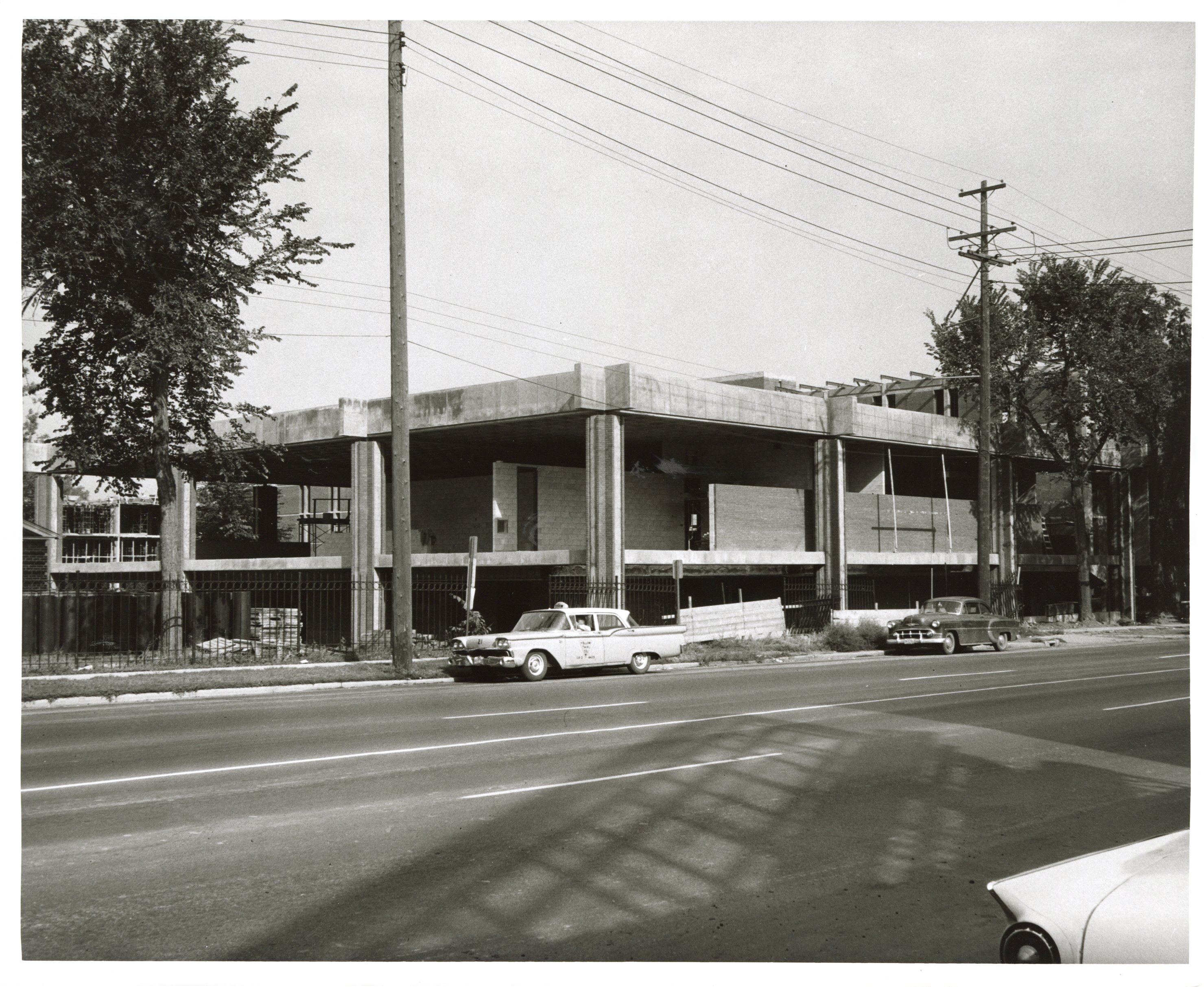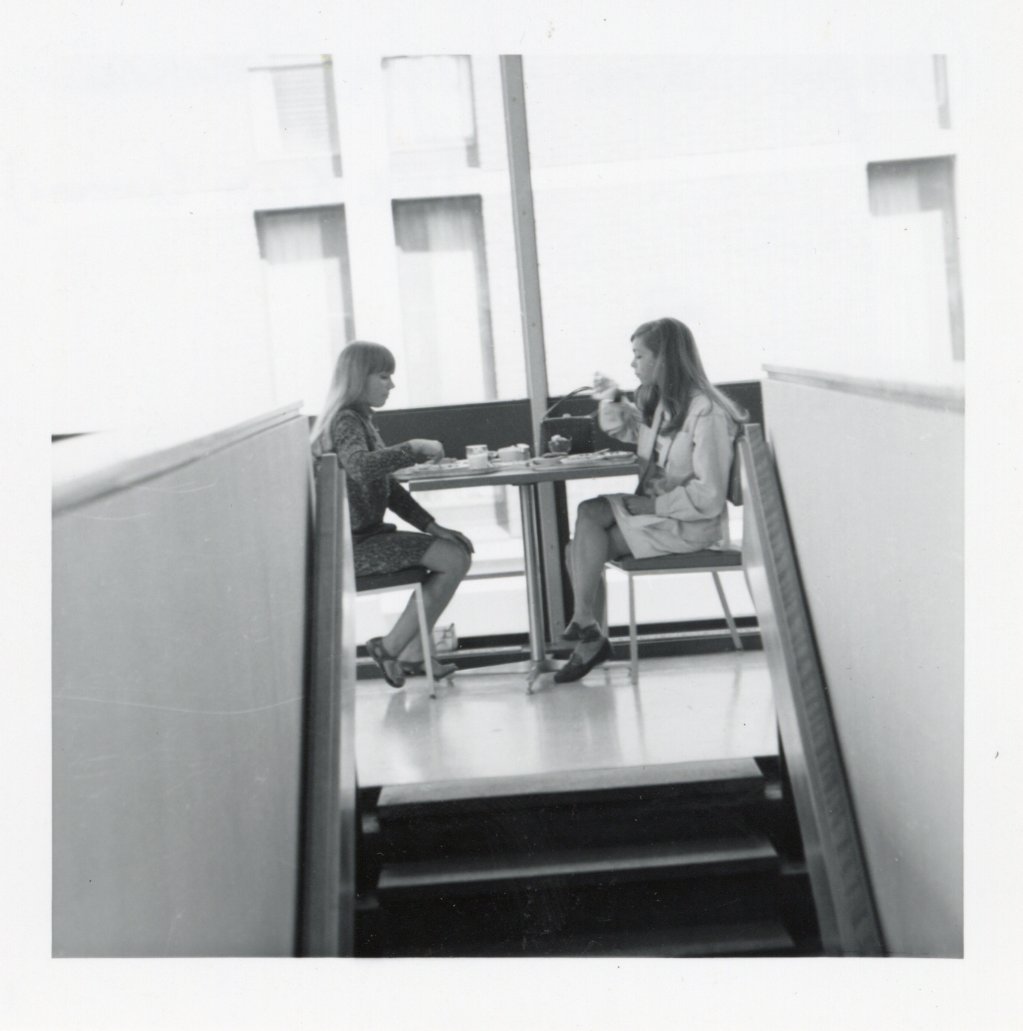Social Concerns Continue

Macalester’s campus saw a massive transformation during the 1960s, changing the social environment on campus. The Union, constructed in the early 1950s, served as a hub for students, but it also frequently saw long lines for meals, and reflected the divisions on campus created by residence halls that were segregated by gender. In 1964, Kagin Commons was built as a new campus-wide dining hall— hopefully helping to alleviate some of the concerns associated with the Union.

However, the transition to dining at Kagin turned out to be far from smooth. Along with the new building, the college planned to introduce a new set of cafeteria policies that included higher prices, which agitated students. As a Mac Weekly editorial put it, the policy changes “will most certainly be opposed by a goodly percentage of the students, who, as is the case with most college students, usually are hard up for cash, or in other words, can just barely afford to get through college.”1 Student dissatisfaction with the plan led to a dramatic protest, where hundreds of students refused to eat in the cafeteria, instead staging a protest outside of the Union and eating on the lawn.2 Due to financial realities for the college, the proposed plan remained mostly in place, although students expressed that they expected the administration to communicate better with the student body in the future.3 Ultimately, students adjusted to the new cafeteria plan, and with Kagin Commons as a new expanded dining hall, many of the problems that arose from dining in the Union were resolved. Now, everyone living on campus had the opportunity to dine in the same place.